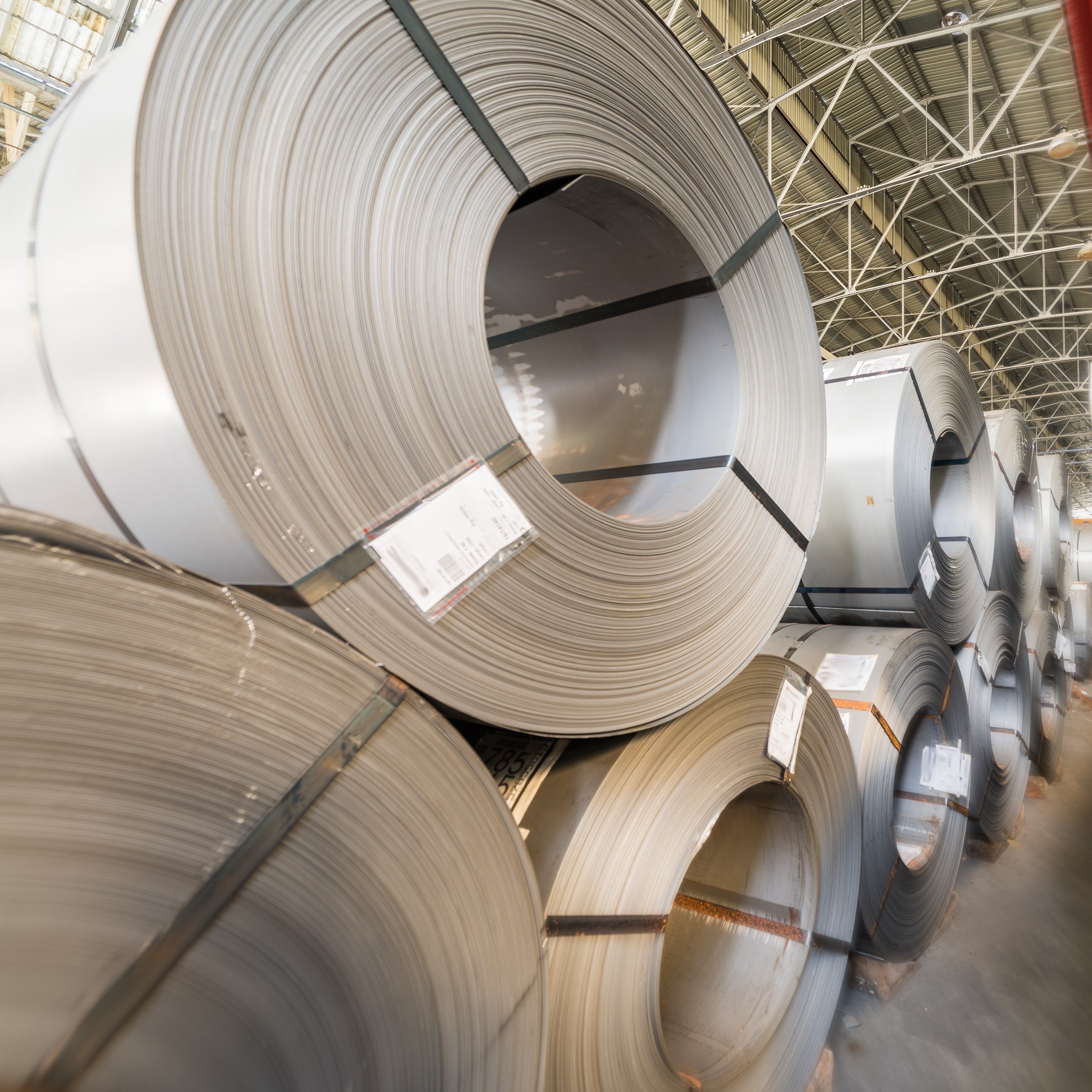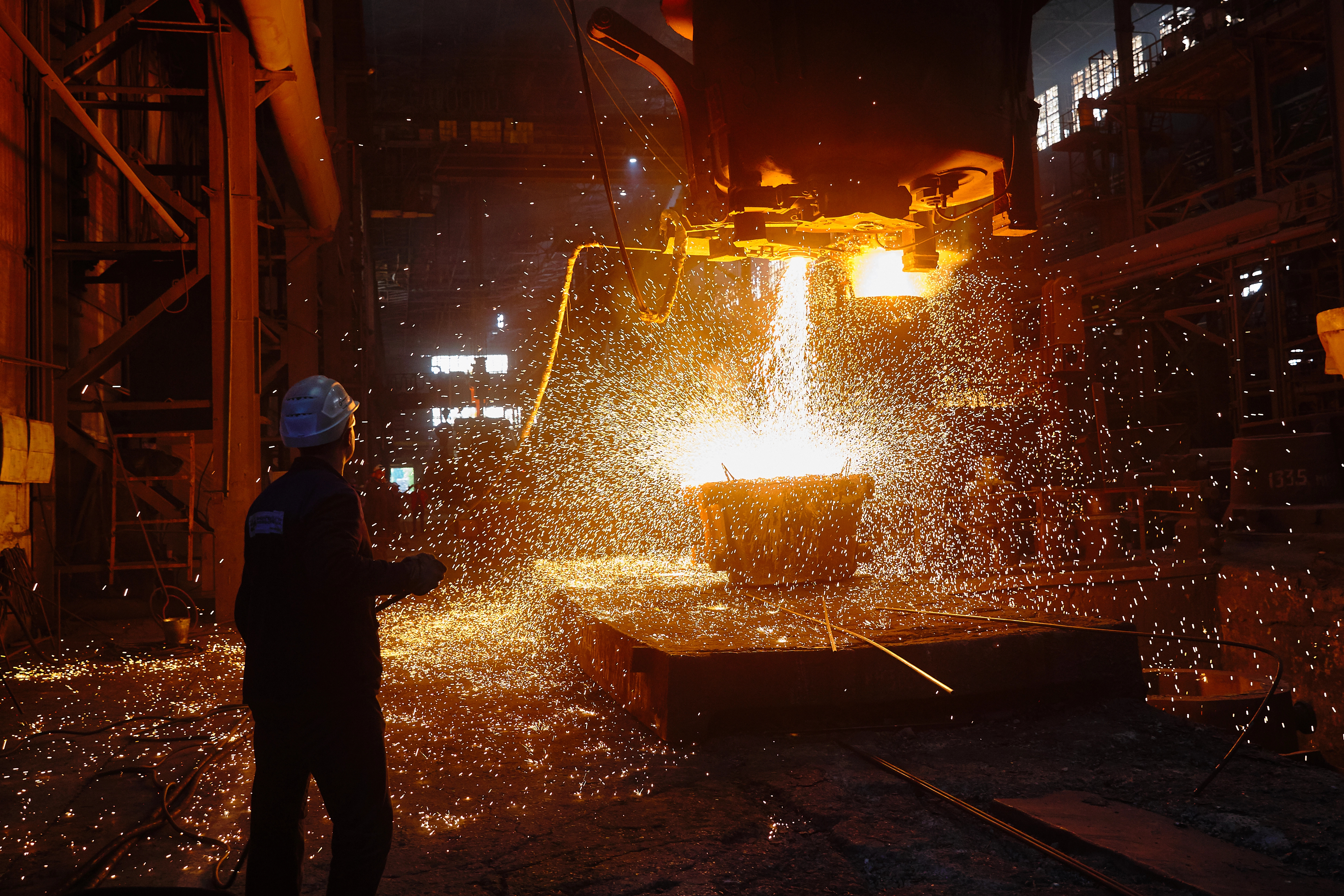Tariffs will disrupt the long-standing flow of nickel between Canada and the US
Canada is the single largest supplier of nickel metal to the US market, typically delivering between 35–40% of the United States’ annual primary nickel requirements over the past decade according to trade statistics and CRU’s Nickel Service. However, US President-Elect Donald Trump has announced potential 25% tariffs on Canadian imports, threatening to disrupt the flow of nickel across the border.
This will not only have a negative impact on the Canadian nickel industry, which is already struggling with high costs amid a global market in chronic surplus, but also on the US industry that needs a stable and secure source of high-purity nickel in a world that is increasingly dominated by China.
US market has no domestic nickel industry and is fully reliant on imports
In the US, nickel is largely used to make stainless steel followed by uses in foundry, alloying and plating applications – very little nickel is used domestically in battery applications. When it comes to stainless steel, the US has a mature scrap collection and distribution network meeting more than 80% of stainless-steel nickel requirement. The remainder needs to be secured by purchasing ferronickel or high-purity nickel. For all other applications, high-purity nickel is required.
The US has one operating nickel mine located in Michigan, owned by Lundin. This mine produces a concentrate that is exported, given the US has no domestic nickel smelters or refineries with the capability to process nickel-bearing concentrates. However, this mine is anticipated to exhaust its production by the end of 2025, leaving the US with no domestic nickel industry. As a result, the US will be completely reliant on imports to meet its primary nickel requirements.
Depending on the permanence of tariffs, US domestic nickel refining may become an attractive proposition and there is at least one company with plans to build a carbonyl nickel refinery producing high-purity nickel. However, the challenge this plant will have is sourcing intermediate feed.
Tariffs will push Canadian nickel to other markets
Although Canada is home to several large nickel producers, only one has the right surface assets and ore sources to be able to supply the US market from Canada. Vale produces high-purity nickel from its Sudbury and Long Harbor operations. However, its Canadian assets sit in the third and fourth quartile of CRU’s Net Cash Cost Excl. Royalties Industry Costs Curve.
Despite being positioned near the top of the cost curve, Vale’s operations appear to be able to turn a profit at YTD prices. However, when simulating for the impact of tariffs, Vale’s operations come under tremendous pressure.
When calculating the impact of tariffs on Vale’s total costs, only 52% of production is impacted by tariffs given historical trade to the US. Simulation on the impact of the 25% tariffs on Vale’s Canadian operations indicate potential for significant loss making under most near term price scenarios anticipated in CRU’s Nickel Market Outlook for 2025.
Given the cost pressure, Canadian nickel exports are likely to encounter under a 25% tariff on sales to the US market, it is anticipated that the industry will be forced to seek new markets. However, seeking new markets will be a challenge given the industry has entered a period of chronic surpluses.
Aggressive China expansions and FEOC rules limit available nickel
Over the past decade, the nickel industry has seen a steady decline in western-owned nickel production, reaching production levels not seen since the 1990s.
This means that, for a US consumer, the available sources of the right type of nickel that is free of tariffs are rapidly declining. This is not just a challenge for the US consumer, but also a challenge for companies looking to supply the US market.
Vale is likely to attempt to manage their product mix by either leaning on their UK operations or purchasing non-Canadian nickel as substitute. However, this strategy depends on product qualification with clients.
The potential market opening in the US will attract Vale’s competitors as well, who will look to displace Vale’s long-standing dominance in the US market.
The market is likely to start looking at ways of releasing European nickel units to meet US demand requirements. However, with a quickly bifurcating world of China and ex. China, the challenge and cost of sourcing nickel for the US market will increase.
The US consumer is likely to shoulder the cost, adding to inflation
US tariffs on Canadian nickel will lead to reshuffling of nickel flows as companies are forced to rebalance the global book of business and look to take advantage of arbitrage opportunities. This change in flows comes at a cost which will, ultimately, be paid for by the consumer in the form of higher premiums for nickel, adding to inflation.
















